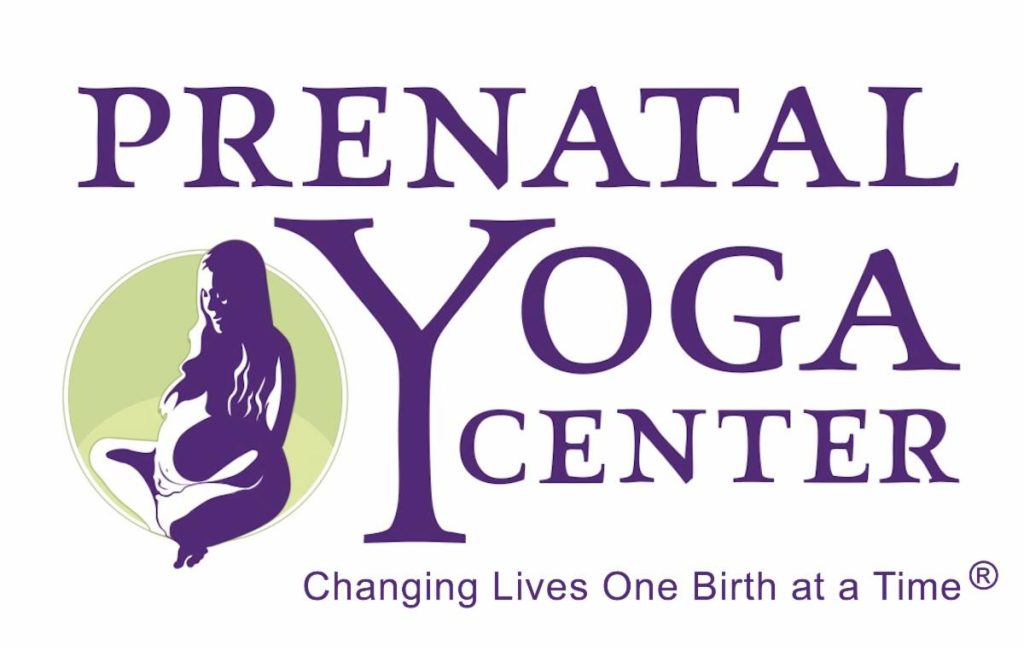Theory may not always translate into reality. I am speaking more specifically of pain management and relaxation techniques. We start all of our prenatal yoga classes with several minutes of relaxation, deep breathing and some sort of pranayama or relaxation exercise. Many of the women look very much at peace and able to incorporate these exercises and deep breathing patterns when in the comfortable position of supta baddhakonasana (reclined goddess pose- just the name of the pose invokes relaxation). But things often change when we start to get into a more active practice and embark on some less then easeful poses.
Throughout my own yoga practice, I have encountered poses that are challenging and uncomfortable. Quite frankly, there are poses that I just don’t like! I could opt to sit out when those poses are presented in class, but I believe if I am taking the class, then I should try to participate as best as I can and learn from what the teacher is presenting- even if I don’t like it. So when faced with said poses, I actually move into them with greater breath awareness and conscious mental relaxation. If I approach these asanas without mindfulness, I find that I tighten up both mentally and physically. It has taken me years to learn how to surrender, and I am far from an expert at it.
My reason for bringing this up is deals with the notion that relaxing is easy when you’re comfortable, but much harder to apply mindfulness and relaxed energy when challenged mentally or physically. For this reason, we incorporate some not-so-yummy poses in the prenatal yoga class. My yoga teacher keeps referring to me as a “delicate flower” now that I am pregnant. I do not share that same view of the pregnant body. Labor, delivery and motherhood are hard work! For this reason, we practice poses like “screaming toe”, “the calf squish”, the “mock contraction” and various other standing poses that can be both mentally and physically exerting. When in these poses, I ask the students to notice their natural first reaction. For many, the face tightens, the shoulders lift, and the breath stops. I offer different tools of relaxation, like consciously relaxing the shoulders, breathing deeply, sighing, moaning, swaying, relaxing the jaw etc. Often, these suggestions have success. I don’t thread these poses into class just to be mean and punishing. It’s important to build a “tool box” of relaxation techniques, and then actually put them to use.
When I teach private childbirth education classes, I include an exercise called the “One Minute Ice Cube Test.” This is done near the end of our session after we have gone over many different relaxation techniques, focused breathing, and various massage techniques. The idea is that the partner knows how to support the “laboring” woman and the woman has some tools to call upon. To do this exercise, we take a bowl of ice and water and the woman submerges her hands in the bowl for a minute. Both the mother and the partner are then trying to to put the learned techniques to use as if dealing with a contraction.
Most of the time, the partner giggles a bit uncomfortably as he/she tries to use the techniques we covered. Frequently, there is a “deer in headlights” reaction as he/she watches their loved one suffer for 60 long seconds. Sometimes I will offer some guidance and gentle suggestions as to how to support the mother, such as reminding the partner to be aware of the tone of voice being used, the kind of statements- “RELAX!” may not be all that relaxing- the kind of touch, or eye contact being used etc.
After the minute, I ask the mother to share with her partner what she found helpful and what she would like done differently next time.
After a few minutes (which gives the mother’s hands some time to warm up) we do the whole exercise again. This time trying to incorporate the mother’s feedback and requests for specific kinds of support.
This exercise is a great example of how to apply relaxation and deep breathing techniques to realistic situations. As I mentioned earlier, is it easy to assume that the mother will be able to call upon these ideas when needed, and that the partner will know how to be supportive. But when faced with the actuality of discomfort, things may go a bit off rail. It is so important to practice and discuss how the mother may need support. Of course, the discomfort of cold hands is different then the surges of contractions, but it provides a starting point to openly discuss one’s needs before the actual labor experience.






